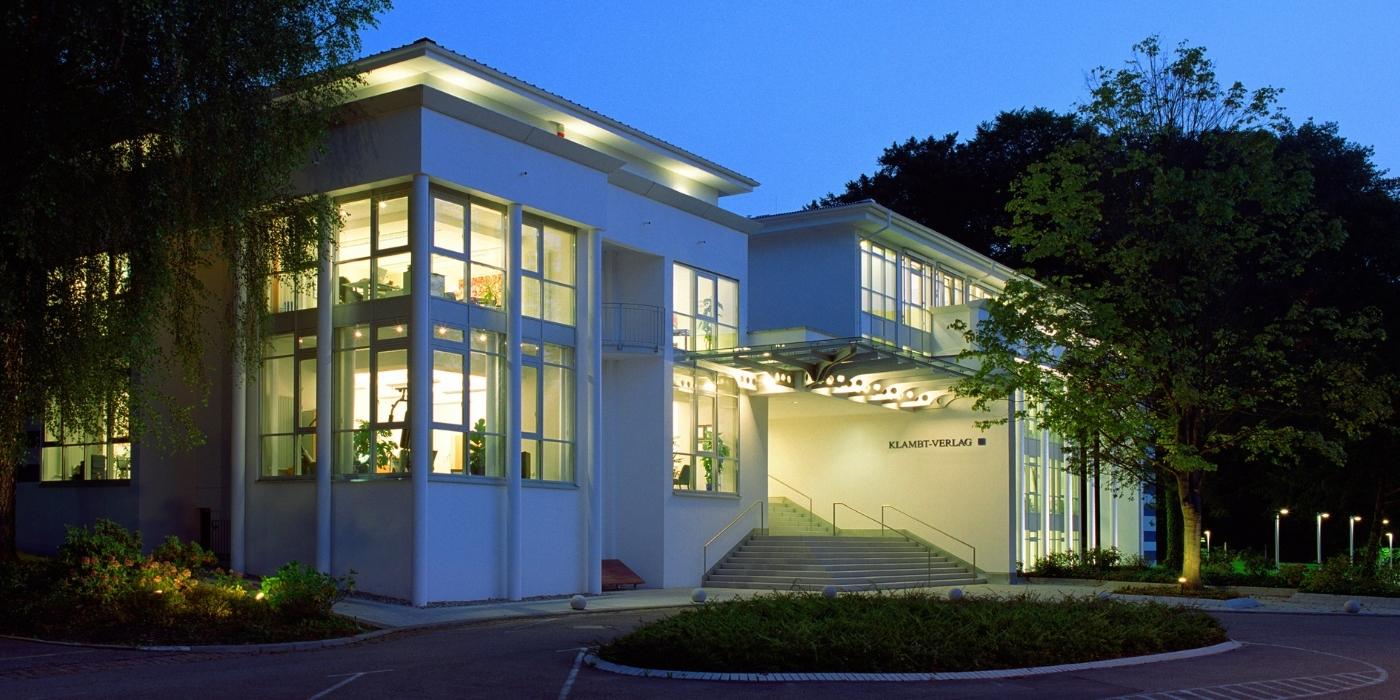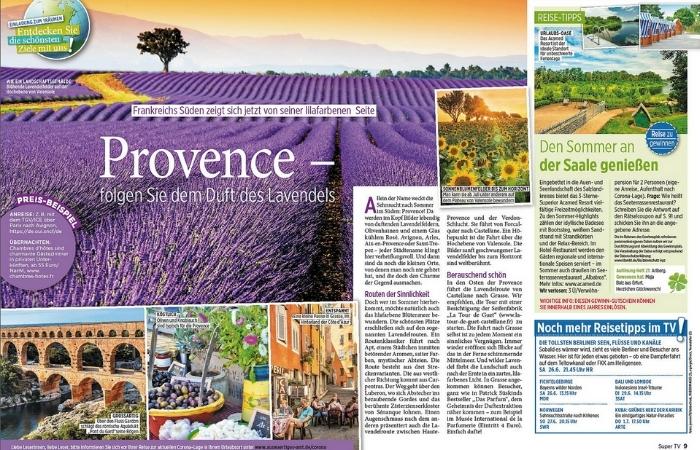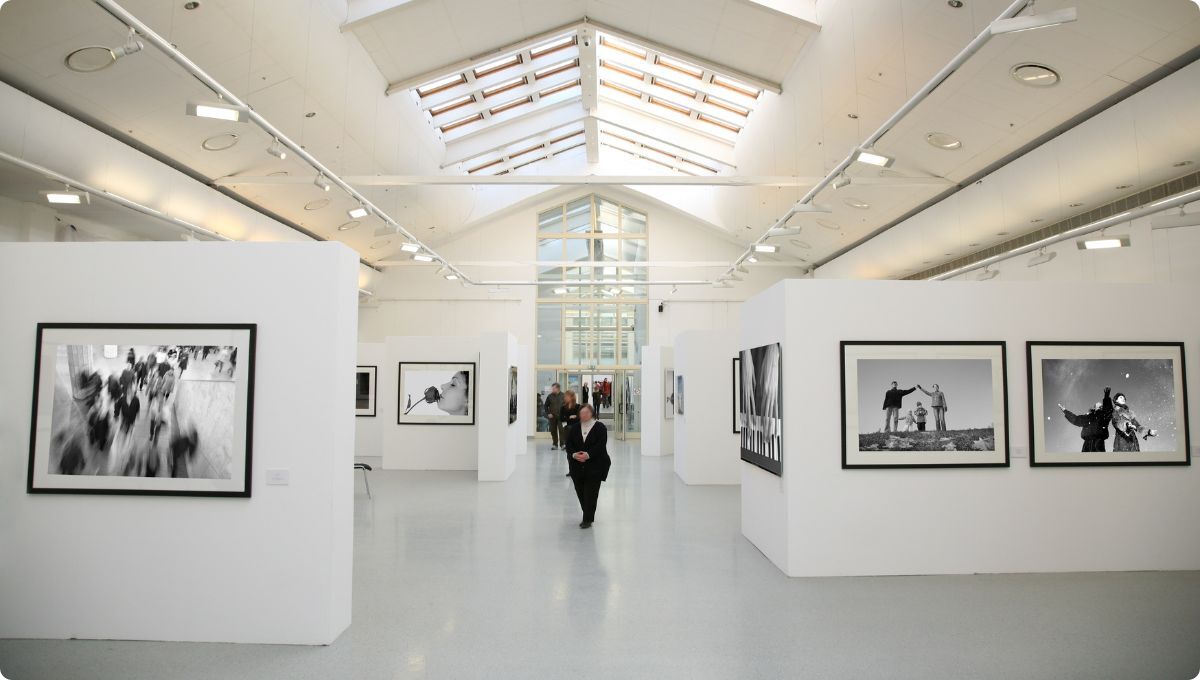
Klambt Verlag
How one of the oldest media groups in Germany streamlines their publicationsprocesses with Fotoware.
— When you look at a magazine, it is picture-driven. So, most of the content is pictures. On some pages, you will see 10-15 pictures, so that’s the main content: We make the story around the images. Therefore, we need Fotoware to find the best pictures we can get.
As one of the oldest media houses in Germany, Klambt Verlag has a long history of providing the public with a variety of stories and images. Today, they store several millions of digital assets in their DAM and run many thousand files through their system on a weekly basis.
-
€125,000,000
ANNUAL TURNOVER (2020)
-
4
OFFICES
-
~700
EMPLOYEES

Background
Klambt Verlag, also known as Mediengruppe Klambt, is one of Europe’s larger media groups, publishing over 65 magazines on a regular basis.
They were founded back in 1843 in Nowa Ruda, which is now a part of Polen, before moving to Speyer, Germany after the second world war. Today, Klambt publishes a wide range of magazines, from fashion and interior to healthcare, food, and much more.
They publish for both online visitors and print, and even host fashion shows, making it one of the most significant publishers in Germany.

— We daily get thousands of pictures coming in through FTP, email, download, and so on. And it's very important for us to check these incoming files for things like copyright, usage terms, pricing. We have to check if there is a UID in each image, to find it again later, and what we also do is create an ‘image similarity’ value.
Challenges
1. Spending time on selecting the right image
With millions of images stored and over 65 magazines to publish, Klambt needs a system for efficient filtering and selection of images.
Oftentimes, specific pages need specific types of images, and photo editors need to find the right ones at high speed in order for the magazine to be published on time.
2. Managing images at large events
At large events, such as the Oscars, photographers from Klambt might take thousands of images in just a few hours.
Some are for their own magazines, while others are being sold to other publishers, and in order to get the most out of these, they need to be uploaded, tagged, filtered and distributed fast.
However, this is not a short and simple process, as culling and selection of such quantities can take many hours without the proper software in place.
3. Keeping track of rights and prices
Even though Klambt has their own photographers, they sometimes need to use external images as well. However, different agencies have different prices and license agreements, and keeping track of everything can be a hassle.
4. Enabling every employee to work on several magazines
With approximately 700 employees working on about 70 magazines, there is often a need for people to work on several magazines at once, or help out with tasks related to a different magazine than what one typically works with.
In such instances, having multiple different systems can become a massive bottleneck, since employees will have to learn new routines and ways of doing things before being able to help another department.
— When something happens in the world, for example, it's the Oscar night, we might have someone there from 1:00 in the morning to 8:00 in the morning, and at the end, we have about 60- to 100 000 pictures that come in. Just in a few hours. And for us, it could be that we have the best picture of all, which makes us sell better than other magazines. So we have to go through them and sort them. And the job of the picture editors is to sort the files to check that everything is fine.




Solutions
1. Use a metadata-based system for efficient filtering and search
With Fotoware, Klambt is able to have a system that is 100% metadata-based. This means that no one ever needs to know a specific file name or what folder the file is stored in, but can instead make detailed searches based on keywords or other metadata properties. This makes finding the right files a much smoother process for everyone involved.
2. Ensuring super-fast culling and selection with the PRO Interface and FotoStation
With tools like FotoStation and the Fotoware PRO Interface, Klambt is able to ensure the fastest culling and selection processes on the market. This enables the photo editors to sort and select the right images at high speed, ensuring that the best pictures receive the best placements.
3. Using metadata and markers to stay on top of image rights and pricing
By adding price and license information to the files' metadata, Klambt is able to keep 100% track of all their image rights. And by adding markers to the images, employees know if an image has a restricted or expired license, or if it is particularly expensive. This is especially beneficial when it comes to costs, as photo editors might choose differently if having price information easily available.
4. Creating one system for all magazines
With Fotoware, Klambt is able to have one central repository for all their content that is the same across all magazines.
They’ve also set up an editorial workflow tailored for collaboration across different departments, offering one system for all magazines. The workflow is configured so employees only see the tasks necessary for them, keeping the publication process tidy even when many people are working on it at once.
— Of course we have different departments working on different magazines so, but one of our main goals with a new editorial workflow is that we get a workflow that is the same for each magazine. […] And the process of using the metadata will make it easier for us to get a cleaner line. For example, this means also that somebody who works for another magazine can help, if he/she has more time we can take him/her and move him/her a bit if needed. That's one of the main goals with the editorial workflow: To get one way of doing the work.
Added benefits
Efficient price calculations
The DAM Administrator at Klambt, Rudi Beck, has configured their Fotoware solution to calculate the precise prices of using images in magazines.
This way, when a graphical designer edits the pages he/she can get a full overview of how much the page cost, and how much that can be saved by, for example, replacing an image or choosing a smaller image size.
Editing the layout within the DAM
Thanks to the Adobe CC extension, designers at Klambt can easily edit their pdf files within their Fotoware solution. This eliminates the need for downloading and uploading files, streamlines the production process, and ensures full tracking of where and how every image is used.
Having a searchable archive of all historical assets
With its long history, Klambt has a lot of historical assets, such as old publications and images. With Fotoware, they manage to keep their historical archive searchable and safe, ensuring that nothing gets lost as time goes by.
Want to learn more?
Talk to one of our experts to discover how we can streamline your organization's content workflows.


